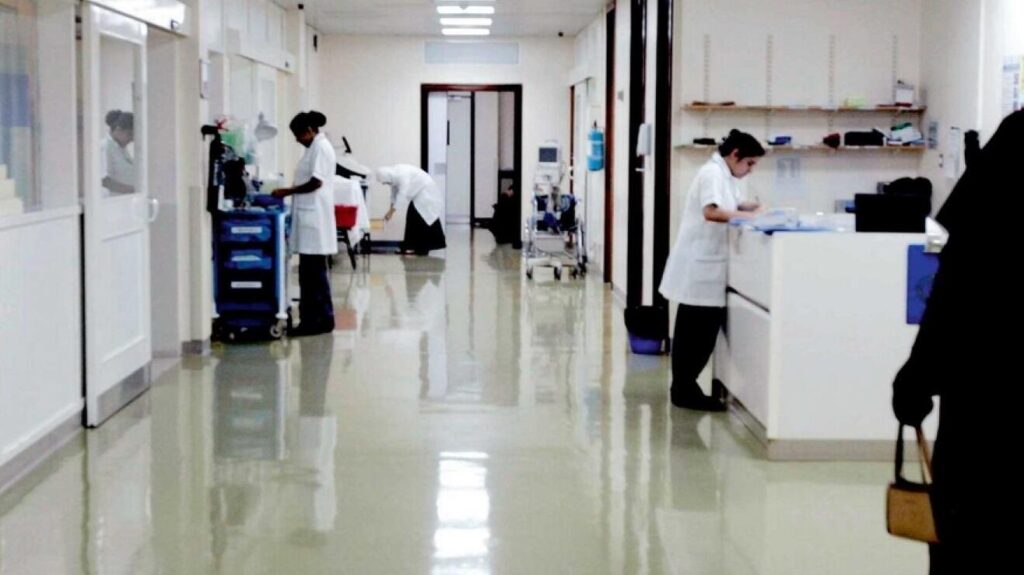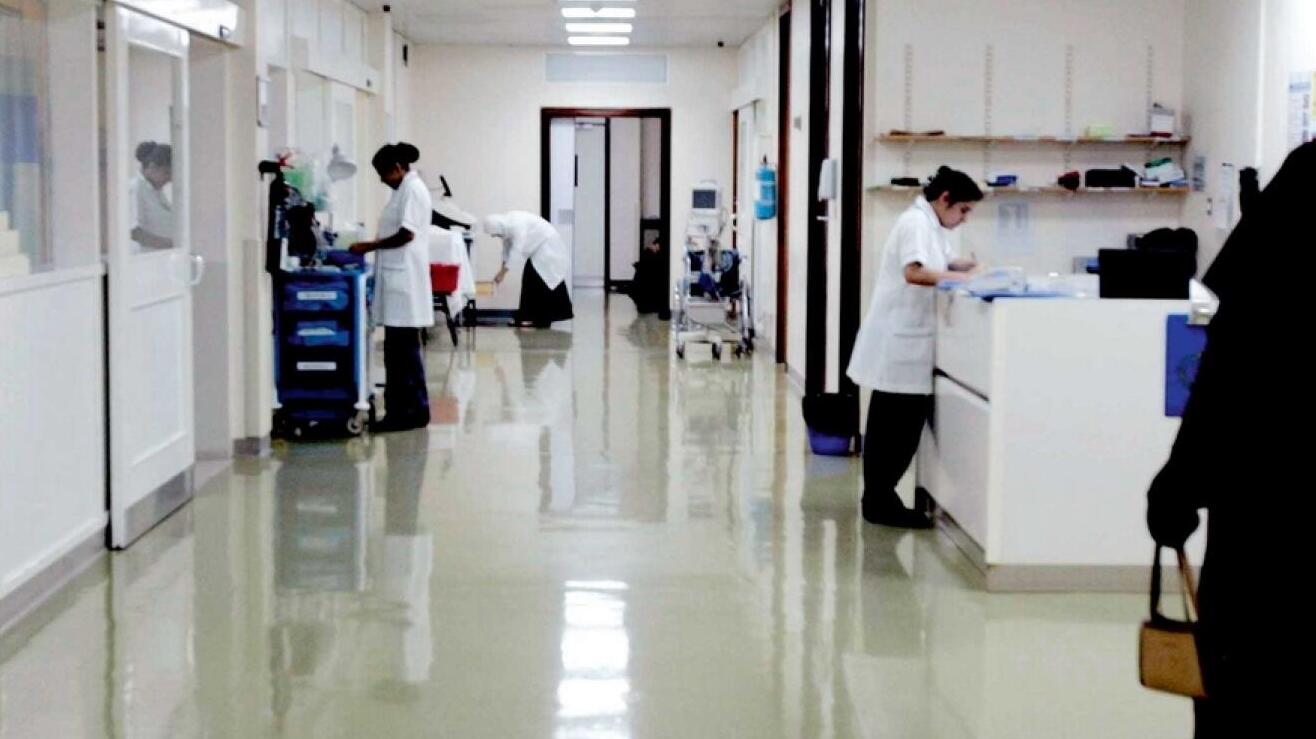DHA: Decreased Number of Emiratis Seeking Medical Treatment Abroad Results in Lower Spending

Dubai’s healthcare sector witnessed a decline in the number of Emiratis seeking medical treatment overseas last year, despite millions of dirhams being spent on the treatment of overseas Emirati patients. According to the recently released Dubai Annual Statistical Report 2017 compiled by the Dubai Health Authority (DHA), the number of Emiratis seeking medical treatment abroad was 1,582 in 2017, compared to 1,994 in the previous year.
Despite the decrease in the number of patients, significant funds were allocated for overseas treatments. In 2017, the total expenditure on overseas treatments amounted to Dh623 million, with an average cost of Dh2.7 million per patient. Notably, the average spending per patient in the UK was Dh3.45 million, Dh4.24 million in Germany, and Dh1.17 million in the USA. These figures were slightly higher in 2016, with the total expenditure also amounting to Dh623 million, but with an average spending per patient of Dh3.12 million.
Thailand emerged as the most sought-after destination for overseas treatments in 2017, with 31.5 percent of patients seeking medical care there. In 2016, Germany was the preferred destination for 28.6 percent of patients, but it dropped to second place in 2017 with 21.9 percent, followed by the UK at 21.4 percent.
In terms of medical specialties, oncology treatments accounted for the highest proportion of overseas patients in 2017, at 24.2 percent. This marked a change from 2016 when neurology was the most sought-after specialty. Neurology and neurosurgeries accounted for 17.1 percent of patients, followed by orthopedic and cardio-surgeries at 11.3 percent and 6.2 percent, respectively.
While the DHA report focused on the expenditure for Emiratis sent abroad for medical treatment, other health authorities such as the Ministry of Health, Health Authority of Abu Dhabi (Haad), and the military also allocate separate funds for overseas treatments, although specific figures were not available.
Interestingly, the number of people accompanying patients as escorts was higher than the number of patients themselves. In 2017, 647 people served as escorts for patients traveling to Thailand, while 621 accompanied patients to Germany, and 609 to the UK.
Dubai’s Medical Tourism Program aims to attract 500,000 medical tourists by 2020 from countries including Russia, CIS countries, GCC countries, India, Pakistan, Nigeria, Angola, and the UK. Currently, Dubai is focusing on offering wellness treatments rather than specialized care. The city has the necessary facilities to cater to seven specialties, including orthopedic and sports medicine, plastic surgery, ophthalmology, dental procedures, dermatology, preventive health check-ups, and wellness and skincare.
In 2016, Dubai generated over Dh1 billion in revenue from international patients, highlighting the sector’s significant contribution to the national GDP. The projected increase to 500,000 medical tourists by 2020 could potentially boost the economy by Dh2.6 billion annually, with a projected annual revenue increase of 13 percent.
In 2015, Dubai welcomed 298,359 international tourists seeking medical treatments. This number grew by 9.5 percent in 2016, with 326,649 international patients visiting Dubai for various treatments and specialties. Despite the decrease in Emiratis seeking medical treatment abroad, the growth in medical tourism highlights Dubai’s potential as a global healthcare destination.




